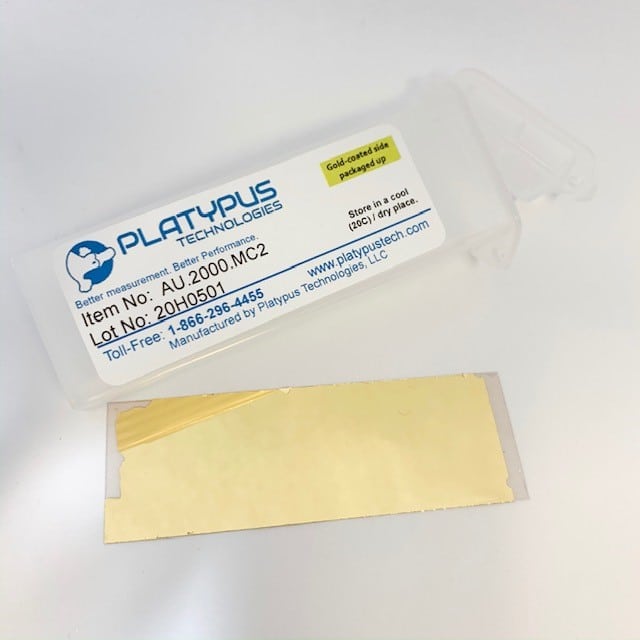How Do Mica Sheets Work?
Mica minerals are a group of minerals in which the key physical characteristic is their ability to form individual crystals to be split into extremely thin elastic plates. This defining characteristic is known as perfect basal cleavage.
These natural cleavage qualities mean that mica is perfectly suited to producing mica sheets, where the mineral breaks along smooth planes. Mica sheets are extremely versatile, can be both rigid and flexible, and are used in a broad range of industries.
How to Make Composite Mica Sheets
Mica is combined with other materials to enhance its natural strength and adaptability, forming composite mica sheets. One technique for this is grinding down mica into particles via micro-pulverizing equipment. These particles are then added to water and a colloid substance to suspend the particles. They are then placed in a mesh mold and the viscosity of the material means it distributes itself evenly and forms sheets. The applicability of mica sheets can be further enhanced by treating them as a substrate for functional thin films, particularly gold.
Why Coat Mica Sheets with Gold?

Epitaxially-grown gold films on mica sheets make ideal substrates for extremely high-resolution imaging applications and the study of self-assembled monolayers. They are extremely attractive to users as the old surface is highly polycrystalline whilst also tending towards <111> orientation which can be greatly enhanced by annealing. The exceptional adhering properties of gold combined with the high planarity of the film ensure extremely high contrast for even atomic-scale imaging applications (i.e. AFM). Additionally, gold-coated mica makes an excellent substrate for self-assembled monolayer applications.
Self-assembled monolayer techniques have been studied for many years and are a key element of microelectronic applications. When the patterned surface structure dimensions decrease, it becomes more challenging to measure these structures.
1-Adamantanethiol (1-AD) has distinct chemical properties and forms self-assembled monolayers on Gold (Au) that can be easily displaced when exposed to outside entities as they have weak intermolecular interactions in a process known as microdisplacement. This process leads to the fabrication of self-assembled monolayers and an improvement in chemical patterning methods.
Key Applications of Mica Sheets
Rigid mica sheets can be cut into insulated shapes, meaning it is an extremely versatile manufacturing material. It can be used for furnace construction in its rigid form and relining function in its flexible sheet form. Mica sheets are resistant to high temperatures, offering suitable insulation for the furnace floor.
The electrical industry benefits a lot from the use of mica sheets. Mica sheets have excellent dielectric properties, meaning it is well-suited to electrical insulation.
Mica sheets are also used for substrates as they are extremely flat and level over a large area. Mica sheets have a net negative charge, meaning they are somewhat hydrophilic. They are optically flat, transparent, and clear and are not altered by fingerprints.